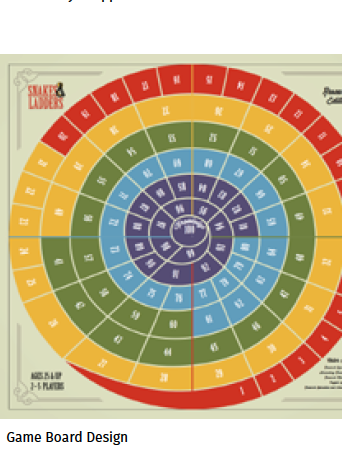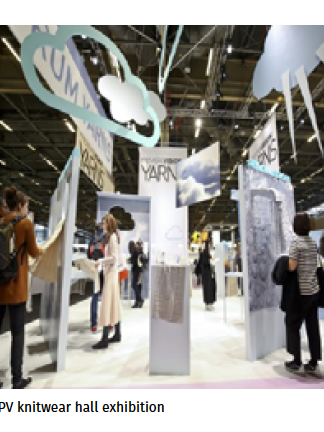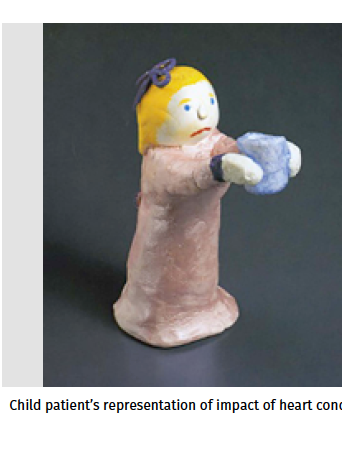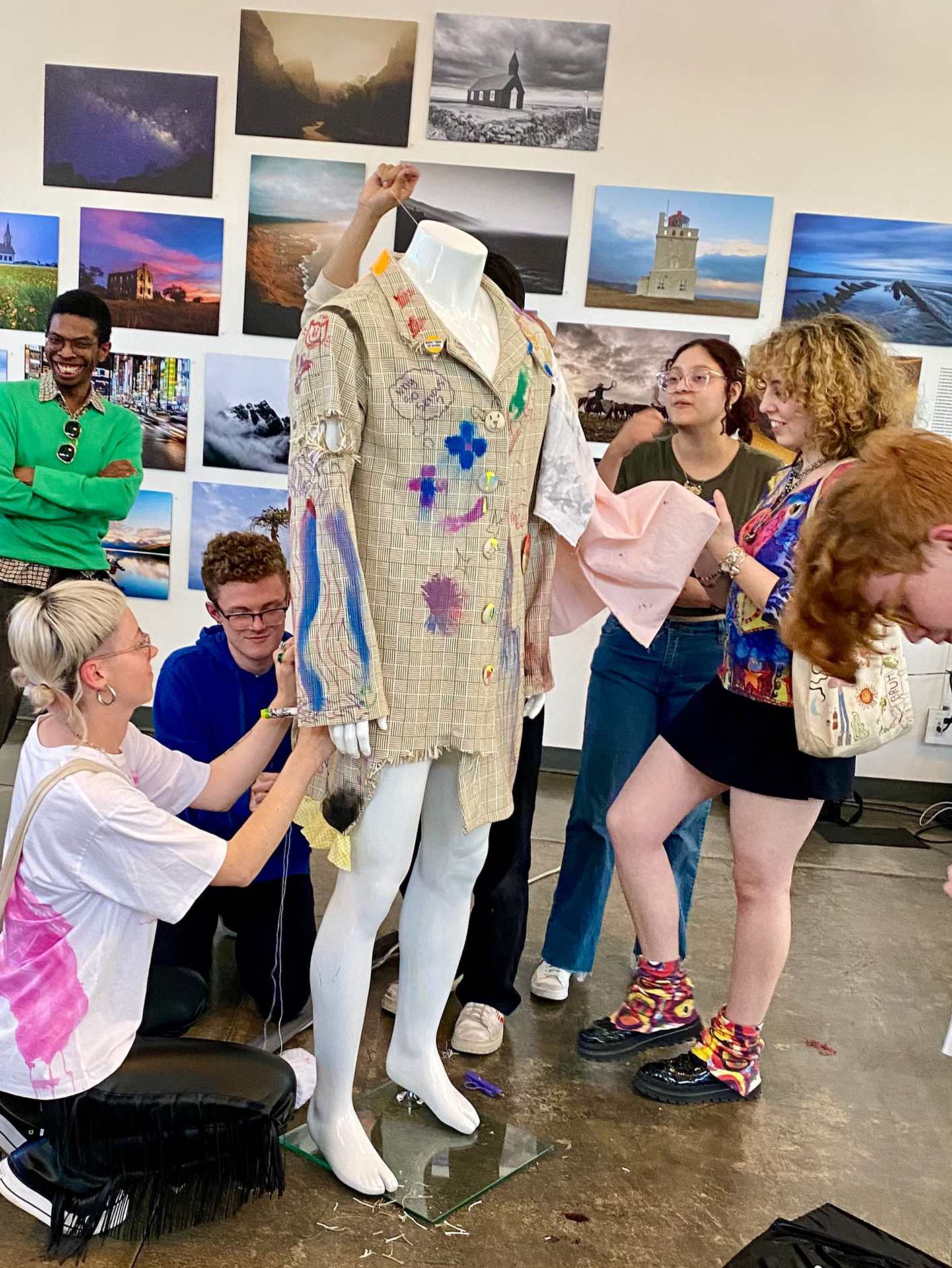



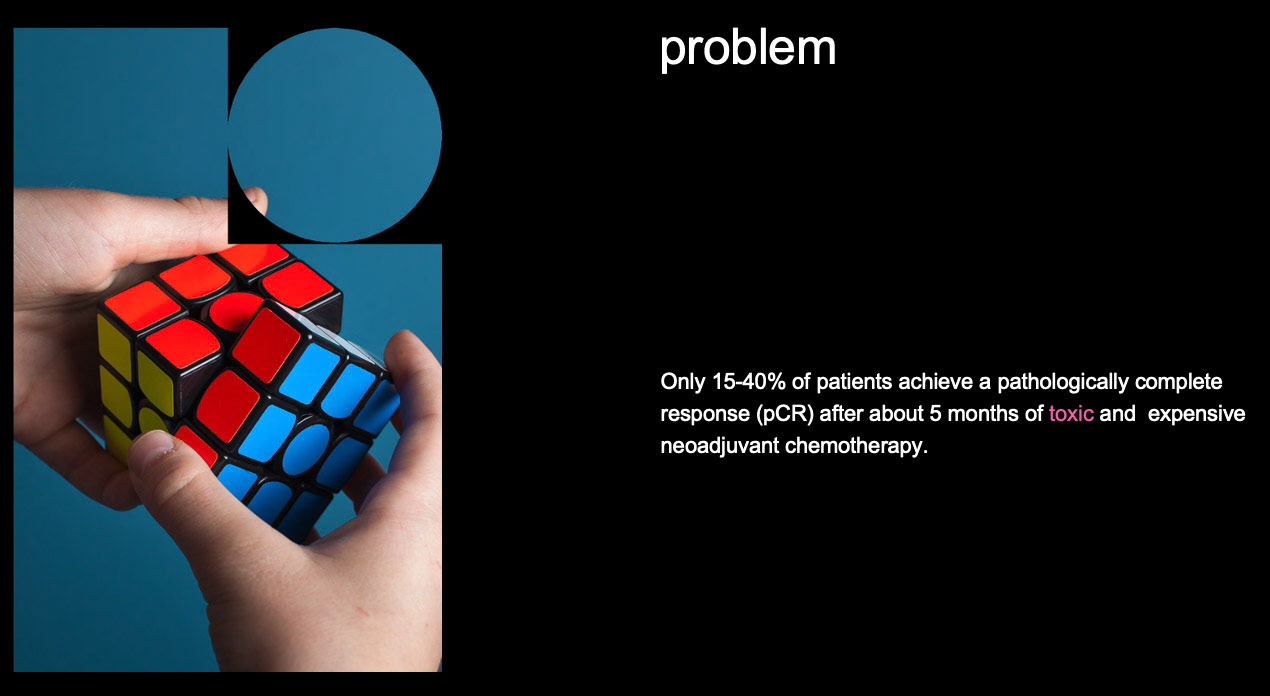
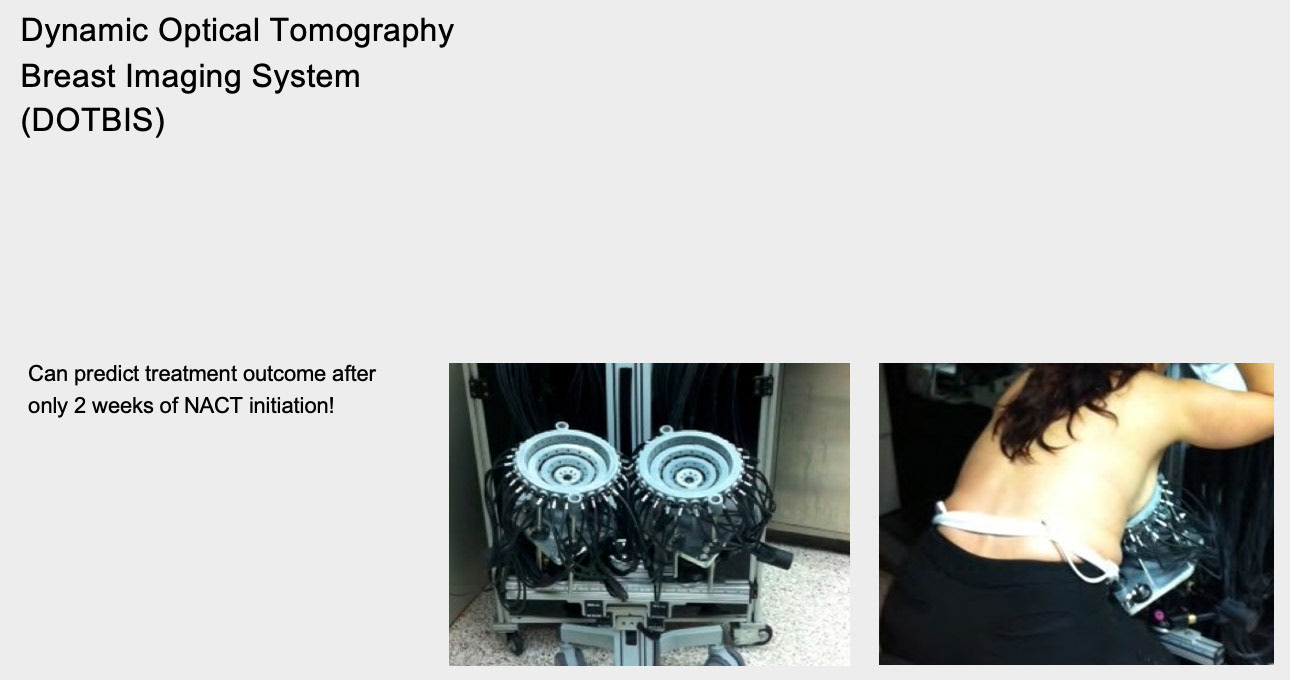
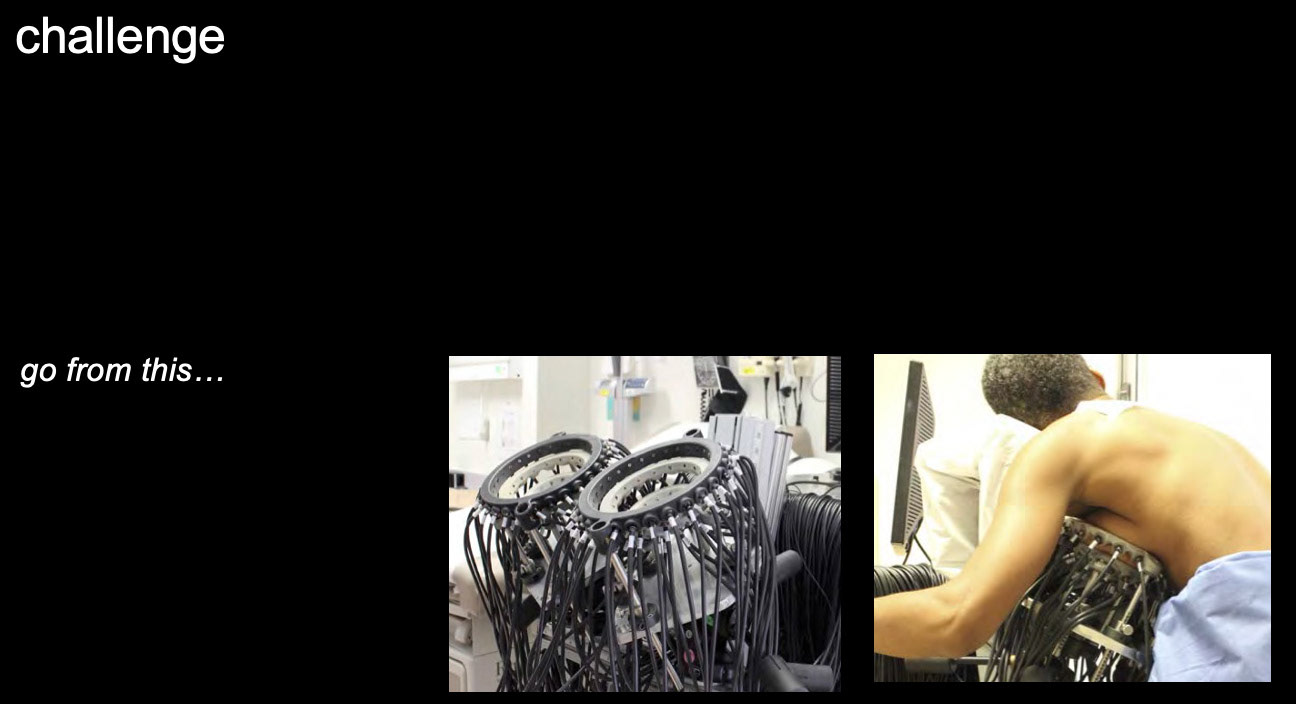
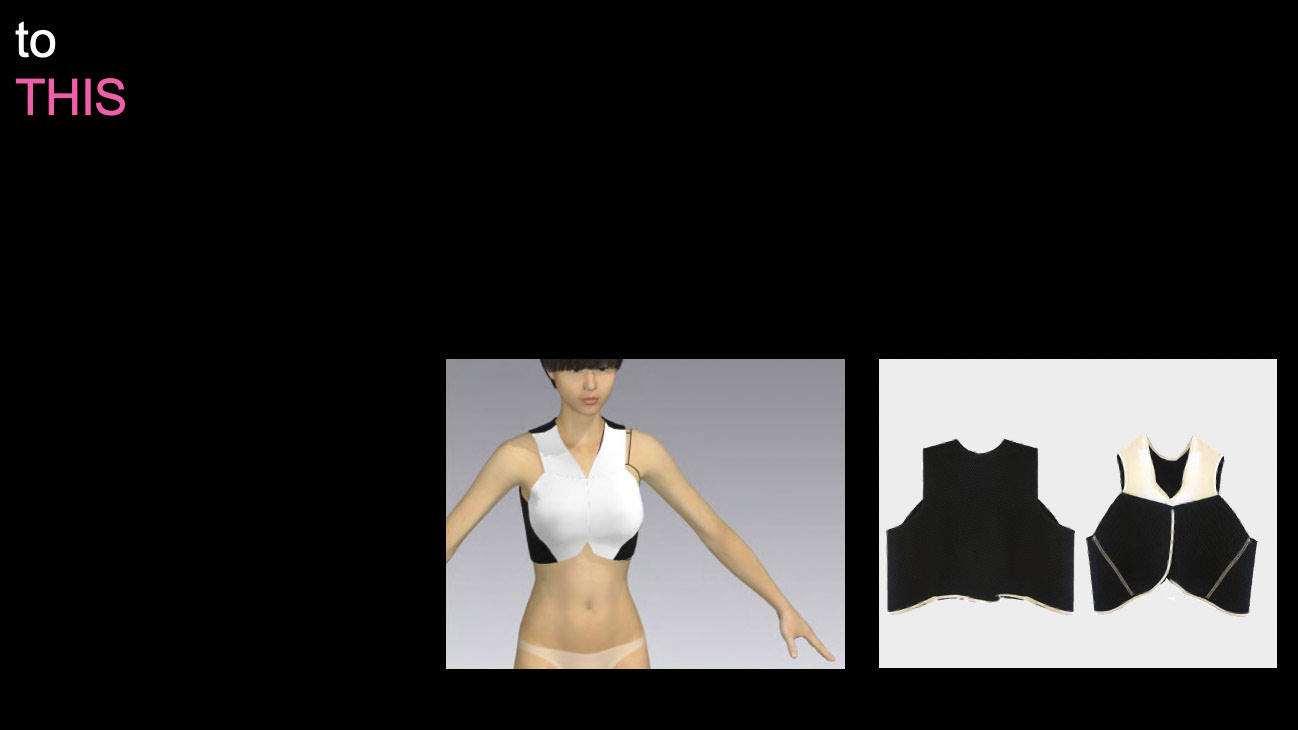

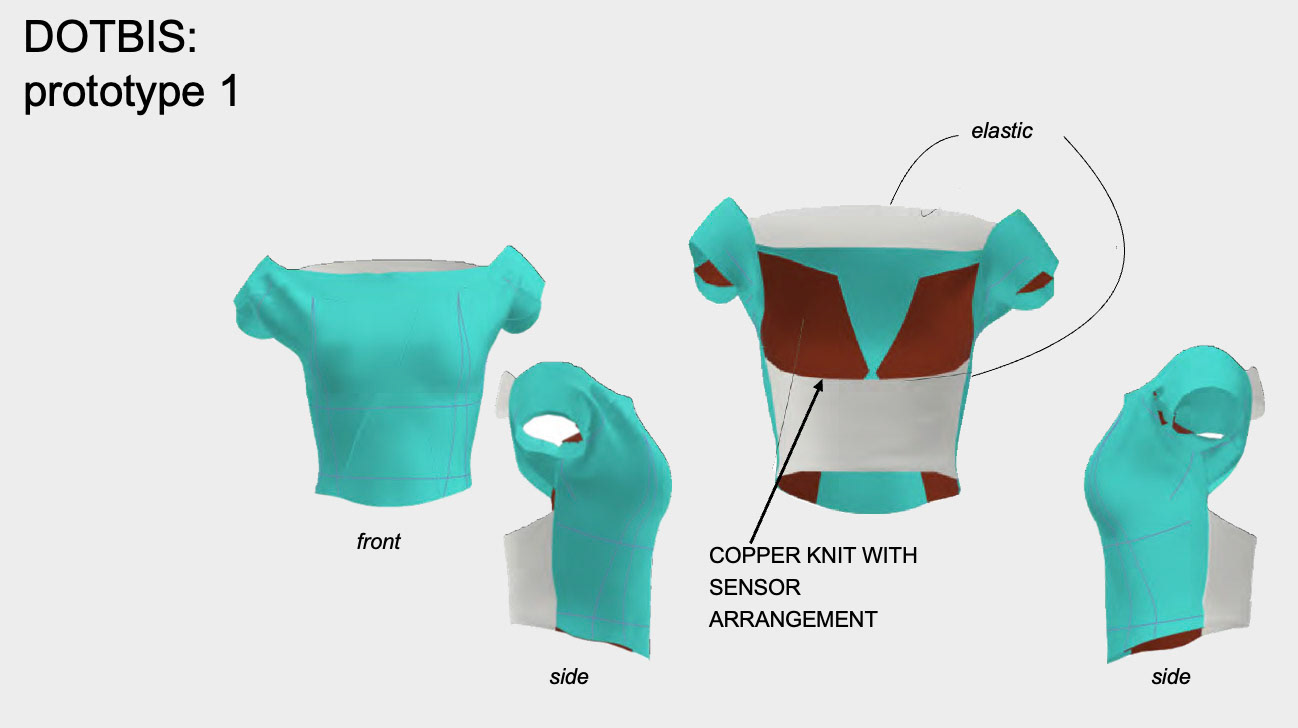
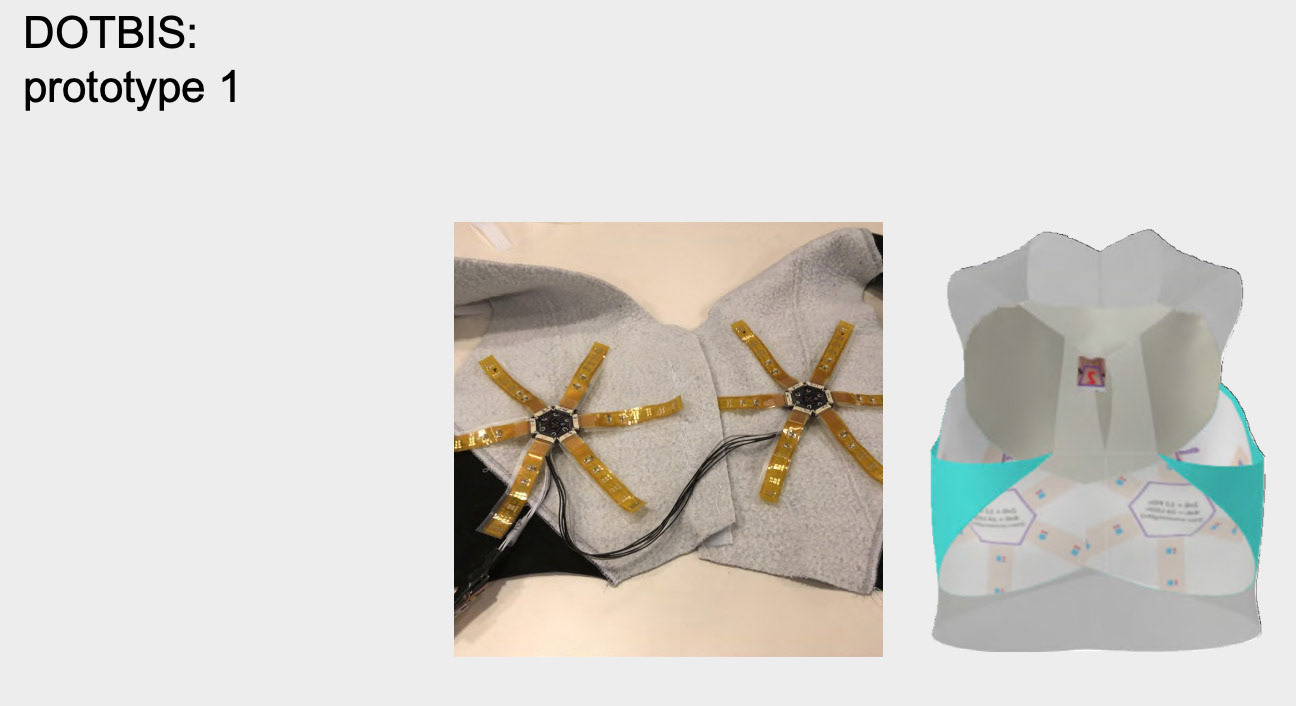
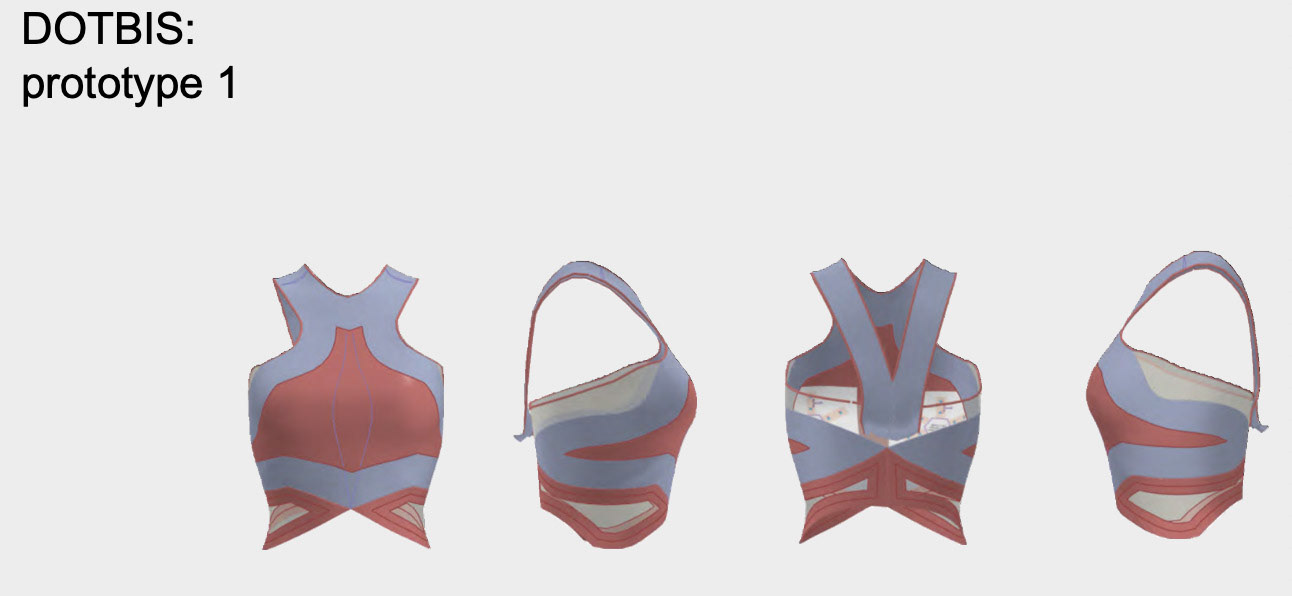
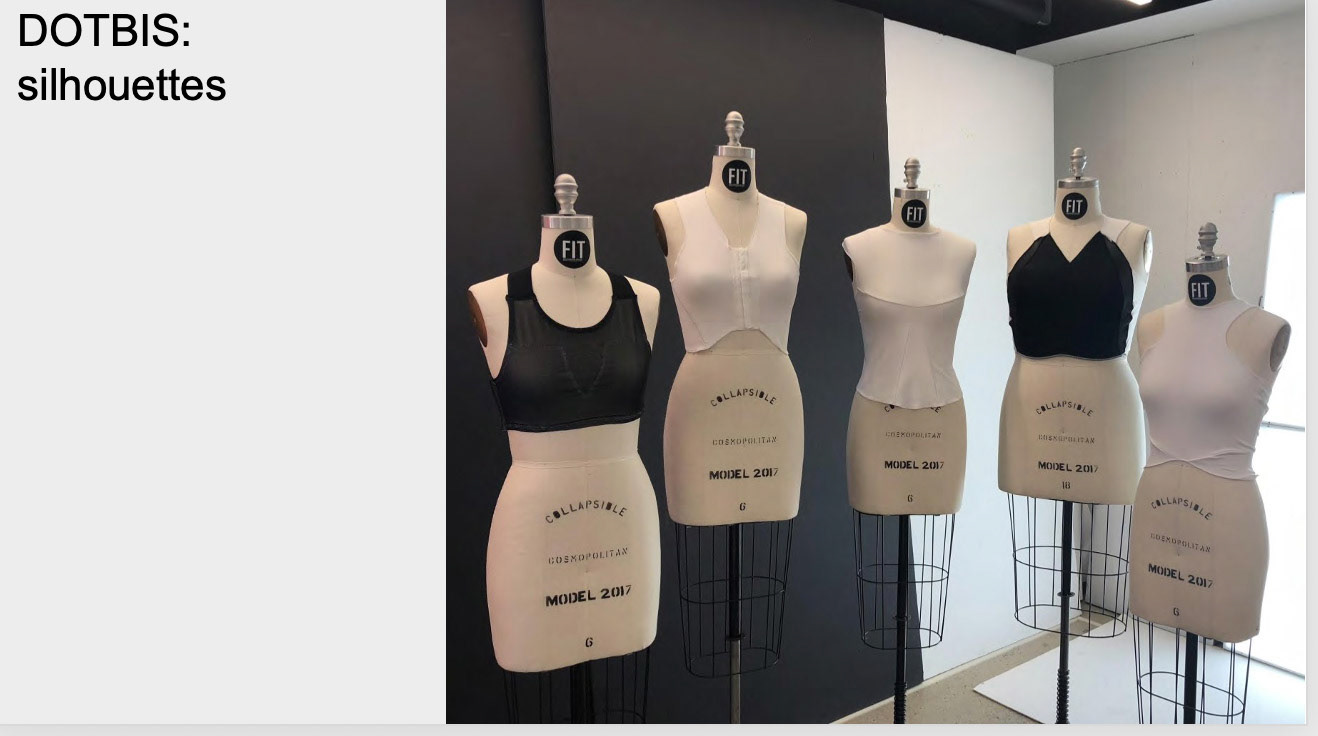
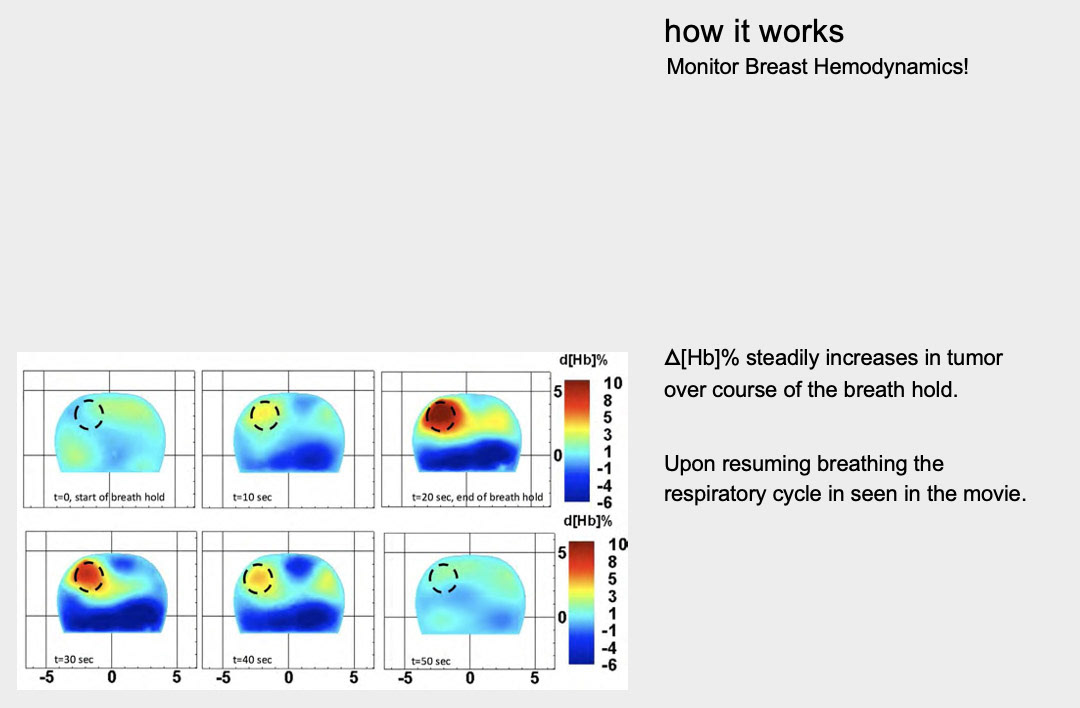
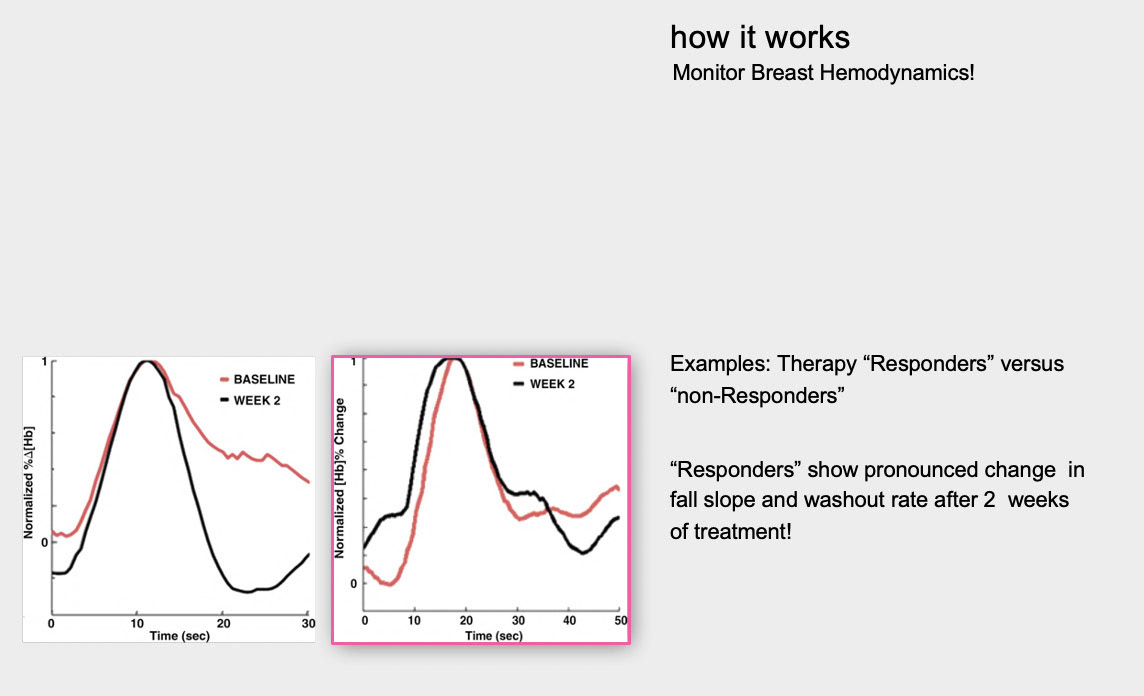
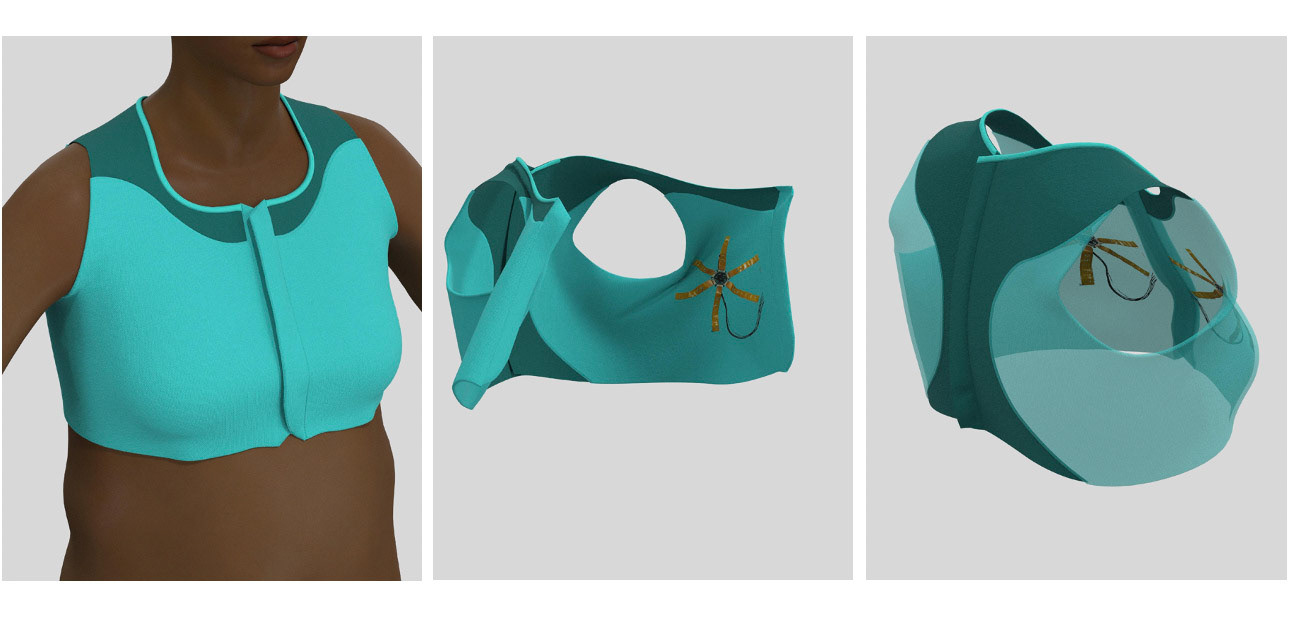
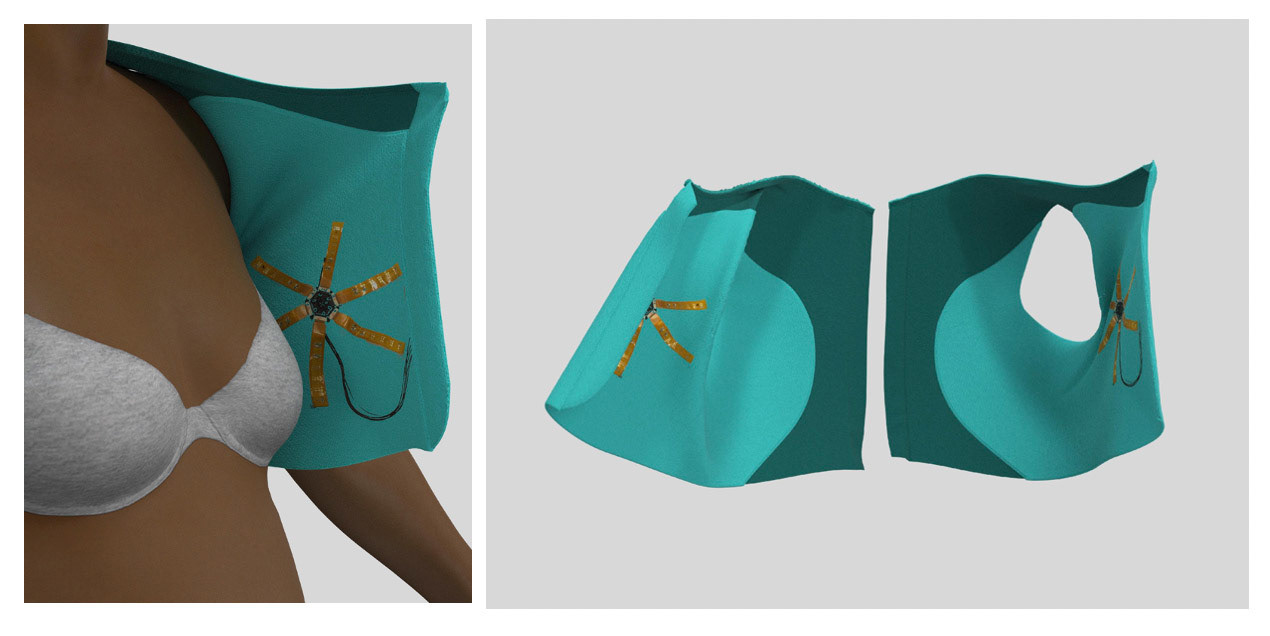

2018 Collaboration with FIT and Columbia University College of Biomechanical Engineering: The genesis of this research development was to analyze and evaluate if there might be an opportunity for a design intervention, whereby medical monitoring systems in the form of smart garments may be able to assist breast cancer patients with a specific form of targeted therapy, in facilitating wellness by empowering them with a more comprehensive understanding of the fluctuations in their health during cycles of illness or throughout their daily activities. In line with Manzini’s emerging aspect of sustainability, where the user is actively involved, and a co-producer of the results he/she wants to achieve, design systems may benefit this vulnerable population and aid them in achieving their potential by helping them feel more capable of using their own personal resources as part of a set of solutions in managing their illness. Based upon the suggestions of Bruno Latour, whereby design sits at the crossroads between the two poles of “emancipation and detachment”, and that of “dependence and care,” it would seem that design is perfectly suited for application to the problem faced by patients coping with breast cancer treatment. But there are additional challenges that need to be examined when designing for patients, especially because of the potential side effects that have different therapies can have on an individual over time. As “digital natives”, present day technology users have been conditioned to expect artifacts and information to respond instantly to their requests, such as seen in the form of instant messaging, text messaging, and twitter. These users tend to be more advanced in their capabilities with technology, and more responsive and flexible to new developments. Therefore, how intended users think about technology and its potential uses and functions is a critical component to explore in order for the design of a garment system to be useful, relevant, and meaningful for the intended audience. In order to ensure the success of this project, an interactive planning strategy has been laid out, which includes the user as part of the design process. The findings generated over the course of the next semester will be essential in helping to build a patient-centered smart garment system, with the user in mind.



















